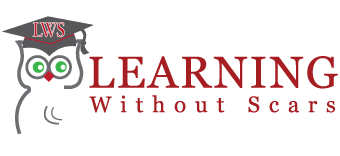Dealing with change is one of the biggest challenges we face in our lives. It will also be one of the largest challenges you face in creating value for customers and remain relevant in the supply chain. Jack Welsh is famous for saying “When the world around you is changing faster than you are…. the end is near.
Look around. Look what has happened in only just the past two decades; Cell Phones, Smart Appliances, Artificial Intelligence to name just a few. Look also at the changes in the equipment we support; computerization of componentry, telematics, etc. Now look at your business internally. What changes have you made in how you do things? This program covers all of these issues.
It is critical that we know how to lead through these periods of rapid change. We have to be able to communicate effectively. What are we doing? Why are we doing it? And how we get everyone committed to these changes is covered in detail in this comprehensive class.
Managers must understand how to engage their team, and lead the business, through change. You will learn how to effectively manage change, become consistent in identifying and resolving critical change issues and innovating in how you do the work and find new and different ways to grow is covered in detail. Don’t miss this important class.
